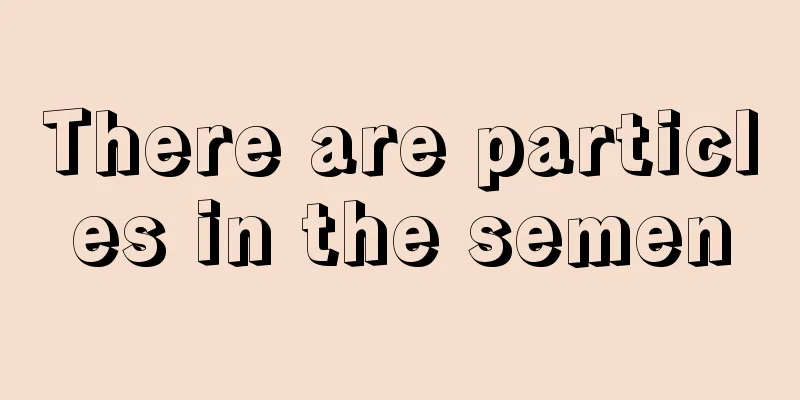What is the normal intraocular pressure for a normal person?

|
Many people will find that their intraocular pressure is abnormal during examinations, which will cause them to develop some eye diseases. At this time, they must find a way to treat it. Only by keeping their intraocular pressure within a normal range can they avoid any eye diseases. Otherwise, they will always feel that their vision is not so good. From a clinical perspective, normal intraocular pressure should be defined as the intraocular pressure range that does not cause optic nerve damage. Because there are great individual differences in the optic nerve's tolerance to intraocular pressure, normal intraocular pressure cannot be defined by a precise value. The average intraocular pressure of normal people is 15.8 mmHg (1 mmHg ≈ 0.133 kPa), and the standard deviation is 2.6 mmHg. From a statistical perspective, normal intraocular pressure is defined as 10~21 mmHg (mean ± 2 × standard deviation), but in reality, the intraocular pressure of the normal population is not normally distributed. Therefore, intraocular pressure > 21 mmHg cannot be mechanically considered a pathological value. Clinically, although the intraocular pressure of some patients has exceeded the statistical normal upper limit, long-term follow-up does not show damage to the optic nerve and visual field, which is called ocular hypertensio. Some patients have intraocular pressure within the normal range, but develop typical glaucomatous optic nerve atrophy and visual field defects, which is called normal tension glaucoma (NTG). It can be seen from this that high intraocular pressure does not always mean glaucoma, and normal intraocular pressure cannot rule out glaucoma. Body posture can also affect eye pressure. For a normal person, the intraocular pressure may rise by six mmHg when changing from a sitting position to a lying position. If you stand upside down, your intraocular pressure may rise by more than ten millimeters of mercury. Therefore, if glaucoma patients do yoga, we will advise them to avoid inverted movements as much as possible. In addition, drinking a large amount of fluid (such as 500 CC) in a short period of time will increase intraocular pressure. Some medicines can also cause the side effect of increased intraocular pressure, the most noteworthy of which are medicines containing steroids. Regardless of the route of administration, whether oral, skin application, nasal spray or eye drops, as long as it contains steroids, there is a chance of this side effect. The finger measurement method is to let the patient look downward naturally, and the examiner lightly touches the eyeball with the tips of his two index fingers from above the upper edge of the tarsal plate. The other fingers are placed on the patient's forehead for support. The two index fingers are pressed lightly alternately, and the level of eyeball pressure is estimated based on the fluctuation sense transmitted to the fingertips. Generally, normal is Tn, high intraocular pressure is T+1, 2, 3, and low intraocular pressure is T-1, 2, 3. |
<<: What are some ointments without hormones
>>: Can an iron kettle be used to make tea directly?
Recommend
What fruits are good for people with cold body? You can eat more of these two kinds of fruits
It is very helpful for women with cold body to ea...
What are the foods that strengthen the spleen and promote diuresis
Once there is a problem with the spleen and stoma...
Will staying up late for a long time cause brain cancer?
Staying up late for a long time will increase the...
Training methods to improve emotional intelligence
Many people have high IQs but not necessarily hig...
Can pedicure cure corns
Corns are a painful disease that causes cortical ...
How to kill cockroaches
There are cockroaches in many homes. Cockroaches ...
What should I do if gastroenteritis is very painful?
Gastroenteritis is mainly caused by improper diet...
How to wash moldy cloth
Daily cleaning is necessary when living at home. ...
To treat liver cancer, we must first distinguish whether it is in the early or late stages
The treatment of liver cancer varies according to...
What are the ways nasopharyngeal carcinoma spreads?
In recent years, nasopharyngeal carcinoma has bec...
TCM Syndrome Differentiation and Treatment of Colon Cancer
TCM Syndrome Differentiation and Treatment of Col...
Precautions after atrial fibrillation ablation
In the past, doctors would recommend surgical tre...
What to eat if you have fibroids
Fibroma is a very common disease in life. This di...
The relationship between smoking and lung cancer
Lung cancer is a very scary disease, and the inci...
Can Houttuynia cordata help lose weight
The so-called Houttuynia cordata weight loss is s...









